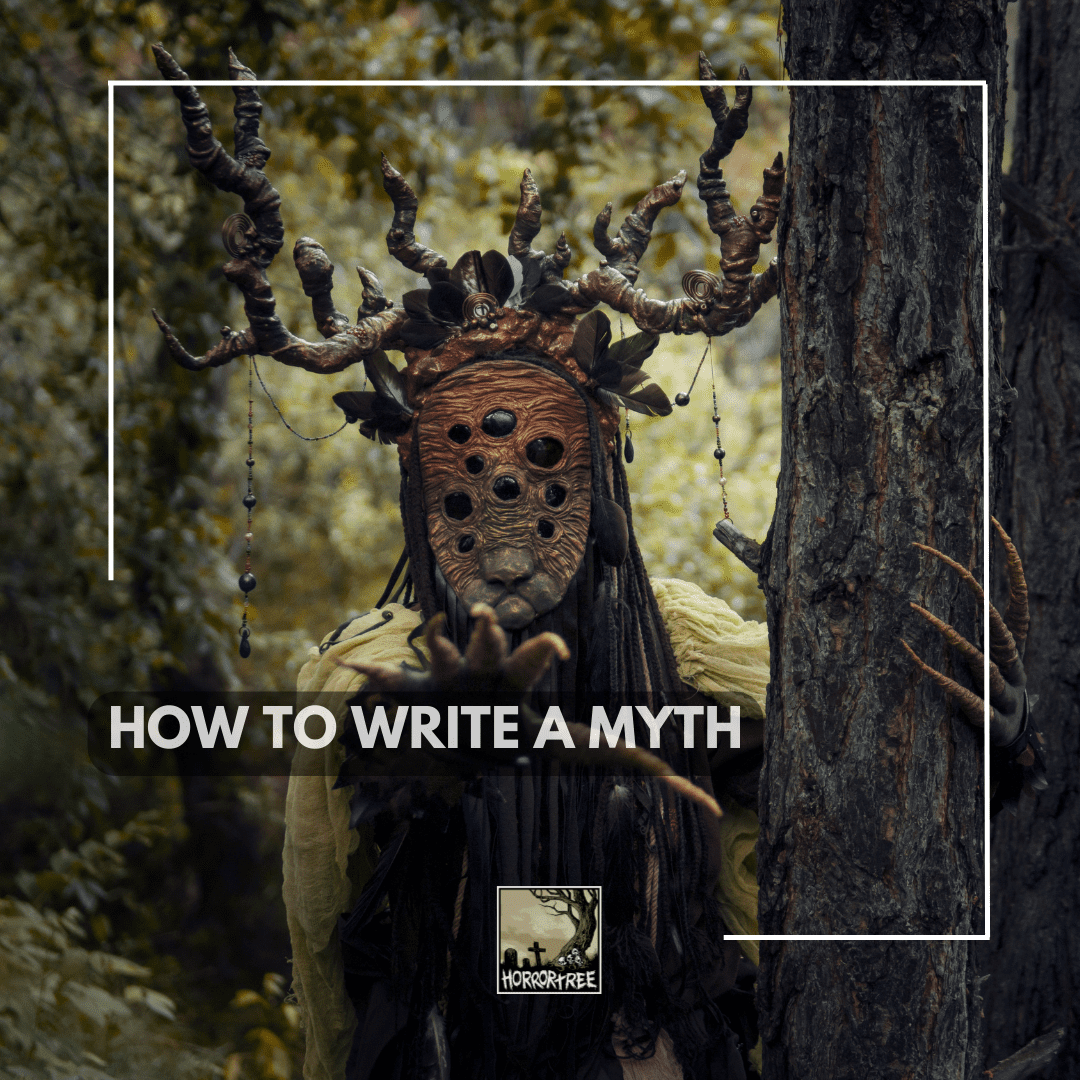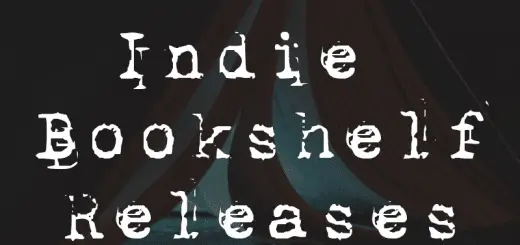How to Write a Myth

How to Write a Myth:
World-building is one of the most important and complex aspects of writing fiction. It’s the home for your story, the place where your characters live, die, lose, and win. One way to enrich the world of your story is to create mythology. Even if you aren’t writing fantasy, mythology can benefit your story. Consider creating urban myths for your fictional town or a dark past for your haunted house. Myths permeate every culture and without them, your fictional ones risk feeling hollow. This article will help you get started constructing your own mythology for your story’s world.
What is a Myth?
At its core, a myth is a story. Steeped in tradition and passed down through generations, myths are stories that help us make sense of our world. They can teach us a lesson, explain phenomena, and entertain us. Dictionary.com defines “myth” as a “widely held, but false belief”. The important parts of that definition are “widely held” and “belief”. A myth is more than just a popular story; it is often tied to religion or spirituality. Gods and other supernatural beings star in mythology and while many discount myths as fiction, there are just as many who believe in them.
Keep this in mind as you develop the myths for your story’s world. Think about which of your characters will believe and who will doubt. Do they believe the myths as just an ancient tale or does it shape their behaviour? Is it part of their religion or background? Your myths should function as more than fun stories your characters talk about. They should serve a purpose in your world.
Types of Myths
There are many types of myths, but in this article, I will be focusing on three basic types: creation, explanatory, and heroic. As my education is in Ancient Greek and Roman Studies, I will be using examples from Greek Mythology, but I encourage you to explore other cultures and types of myths as you develop your own. Be wary of cultural appropriation as you do so, but study widely and look for commonalities in structure and purpose.
Creation Myths
The first complete account of the Greek creation myth can be found in Hesiod’s Theogony. From nothing is born Chaos, and then Gaia (Earth), Tartarus, and Eros (Desire). Hesiod then works his way through the early deities, most of whom are concepts such as Night, Darkness, Day, Sky, before reaching the more recognizable gods such as the Titans and Olympians. Hesiod’s telling of the creation myth is like a family tree told as a poem. Studying examples such as this can help you develop your own pantheon and consider the relationships between the gods and other divine beings in your world.
Relaying a detailed divine chronology would be a dull exposition dump for your readers, but for second-world fantasy, it’s a good idea to consider the origins of your world. Not every bit of world-building has to be inserted into the final product, but having this background to work from can give you ammunition for your world’s religions and structure. You could also create rival creation myths for different belief systems in your world, which can be a good source of conflict for your characters.
Explanatory
The creation of the universe is not the only aspect of your world that can be explained through mythology. Ancient societies often explained natural phenomena this way. The Homeric Hymn to Demeter offers a version of why we have seasons. When Hades steals Demeter’s daughter, Persephone, to be his underworld bride, Demeter, goddess of the harvest, flies into a rage and plunges the world into its first winter. As the humans starve, they cut back on their offerings to the gods and eventually Zeus and Hades must return Persephone to her mother, lest the world perish. However, just before she returns, Persephone eats three pomegranate seeds, tying herself to the underworld, and is only allowed to return for part of the year. When she returns to Earth, it is springtime, and when she leaves her mother, it is winter.
Consider aspects of your created world beyond natural phenomena. Do any of your nations have specific customs that can be tied to mythology? In Aeschylus’ Oresteia, Athena oversees the first court case deciding whether Orestes should be punished. He had to avenge his father, Agamemnon, but the murderer was his own mother, Clytemnestra, and matricide is a heinous crime. Through this medium, Aeschylus offers a mythological origin for some aspects of their judicial system.
Explaining nature and society through ancient stories comes naturally to humanity and will make your created world feel older and add strength to its legitimacy.
Heroic
My personal favourite myths are less about gods and more about heroes. Heroic myths can enhance your story not just through worldbuilding, but you can then incorporate those characters into your story. In Robert Jordan’s Wheel of Time series, he filled the history of his world with heroic figures, and eventually when one of those legendary figures was pulled out of the past into the main storyline, she became one of my favourite characters in the whole series.
Remember that heroes can be complicated. There is a place for a morally upright hero, but real mythology is messy. Greek heroes can be especially villainous. Odysseus is a pathological liar who gets all of his men killed through poor leadership. Hercules invades an entire kingdom because he is lusting after their princess, all while married to someone else. Agamemnon sacrifices his own daughter so he can sail to Troy. These are heinous acts, but we are still reading their stories.
Deciding what role you want your mythology to play in your story will help you decide what sorts of characters, stories, and lessons you want to build into them. A story where the myths serve as background dressing to make the world feel more complete will be different than ones where the gods and heroes will be directly impacting the plot.
Put it into Practice
To practice creating your own myth, pick 3-5 similar myths and strip them down to an outline of story beats. Use these beats as a template for your created myth’s plot. Look at where they converge and where each myth differs. Then examine the characters in your chosen myths and boil them down to their core characteristics. Often in the original tales, mythological characters are archetypes rather than fully fleshed out people. Choose the characteristics you want for your hero and build outwards. This should give you a base to start from when creating your own myths for your fictional world.












